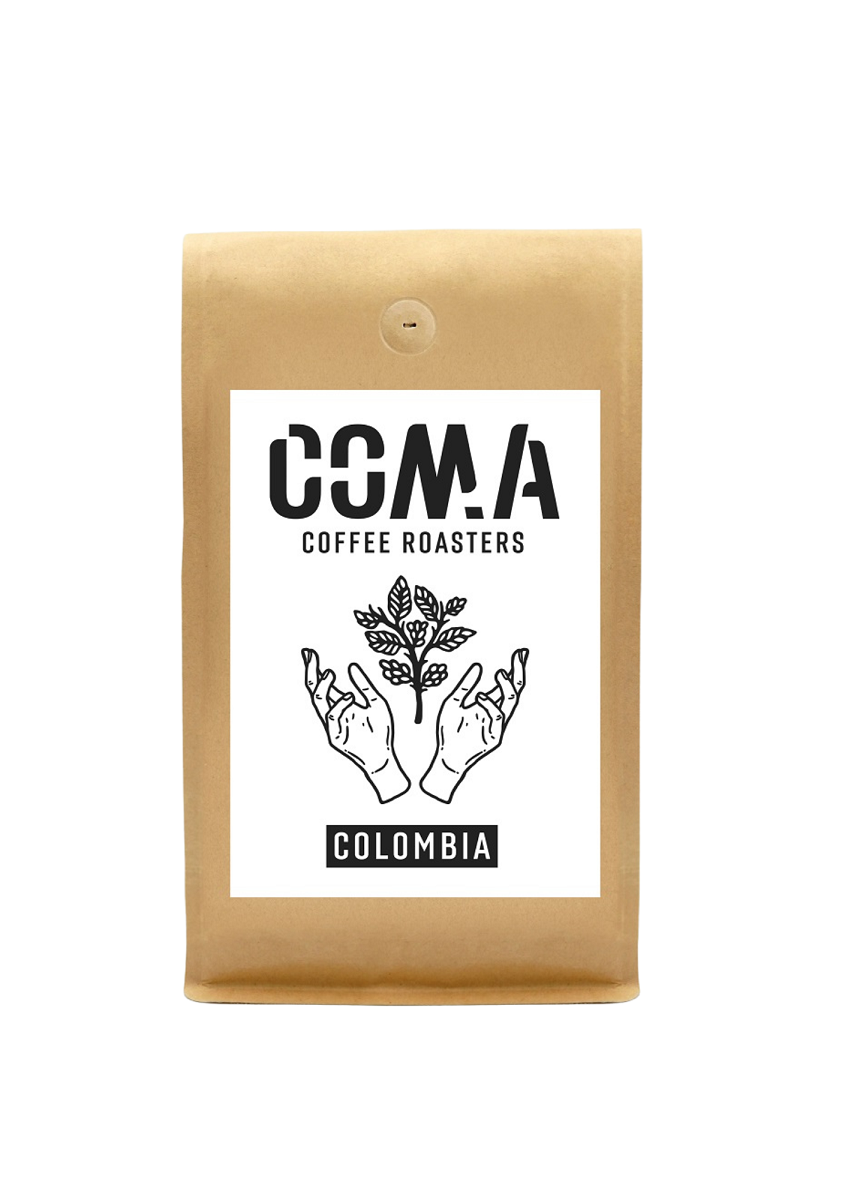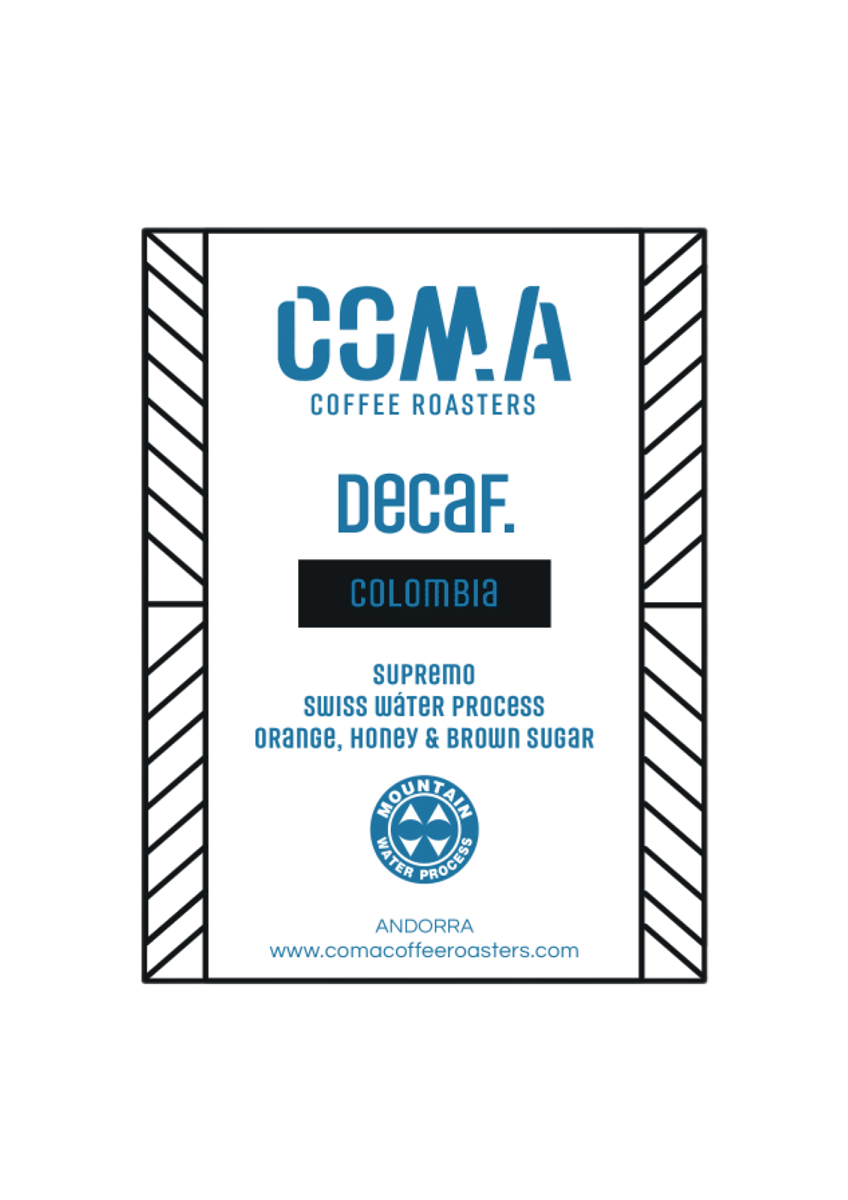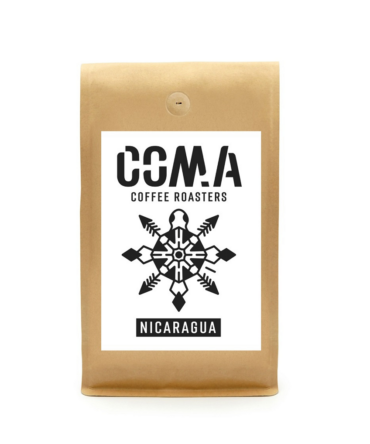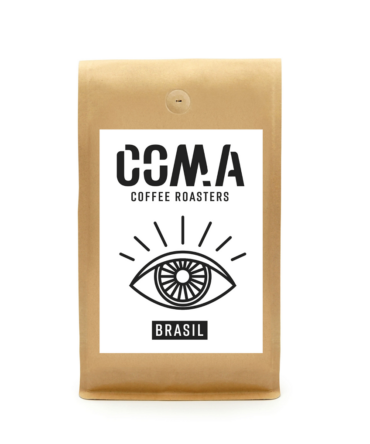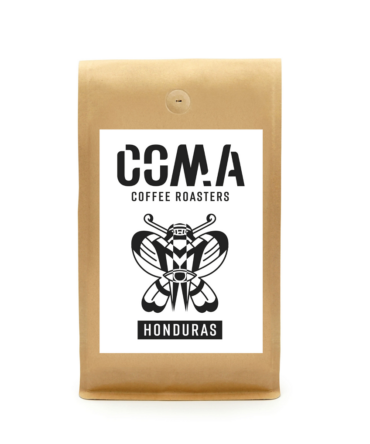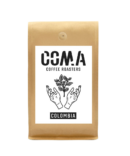Origin Coffee – Colombia Supremo Decaf
Country: Colombia
Region:Various
Processing: Swiss Water
Owner: Various
Coffee Grade: Supremo Scr. 17/18
Farm/Coop/Station: Various
Varietal: Bourbon, Castillo, Caturra, Colombia, Typica
Altitud:1,250 to 2,150 meters above sea level
About This Coffee
After processing and milling, beans are graded according to size. The process of separating beans by size is a crucial stage of the dry milling process. A screen grading machine has a series of screens stacked on top of each other. Green coffee is fed into the machine, and as the screens are shaken, beans that are smaller than holes on a specific screen will fall through to a lower screen until they reach a screen with holes too small for them to fit.
17/18 screens have holes that are no smaller than 6.7 millimeters. Therefore, all beans in a Supremo Scr. 17/18 blend will be larger than 6.7 millimeters.
Coffee in Colombia
Colombia has been producing and exporting coffee renowned for their full body, bright acidity and rich aftertaste, since the early 19th century.
Colombia boasts a wide range of climates and geographic conditions that, in turn, produce their own unique flavors in coffee. This also means that harvest times can vary quite a bit. In fact, between all its different regions, Colombia produces fresh crop nearly all year round.
The increasing focus on the specialty industry is changing the way traders and farmers do business. It is becoming more common for farmers to isolate the highest quality beans in their lots to market separately. These higher-quality lots are often sold under specific brands or stories.
Swiss Water Process
Young consumers are driving the decaf resurgence and, like their fellow caffeinators, expect specialty and often traceable and certified coffees. With more than 50% of the world’s population under the age of 30, the demand for decaf coffee – and the need for specialty decaf that tastes good and meets ethical or environmental standards – is increasing.
Swiss Water offers an alternative to consumers concerned about the methyl chloride (MC) and ethyl acetate (EA) processes. Because water processing uses no added chemicals, coffees can maintain organic certifications and customers can rest assured that there are no additional chemicals.
The difficulty with decaffeination is that many of the aroma compounds that give coffee its excellent flavor are, like caffeine, soluble in water. Therefore, any decaffeination method must identify and remove the caffeine molecule, while preserving as many aroma compounds as possible.
The process begins with a batch of green coffee beans being soaked in water to remove the caffeine. In water, many of the flavor compounds are also washed out, but don’t worry! This is intentional and will preserve the flavor in the future.
This first batch of grains is discarded. This process only has to be done once, as the blend produced by steeping those beans, called green coffee extract (GCE), can be kept and reused to decaffeinate many batches of green beans.
The principle on which WP is based is that water can only absorb a certain amount of flavor compounds and caffeine before it is completely saturated. When the water is fully saturated, it cannot accept (and remove) any more flavor compounds, even though they are in the coffee. That first batch of grains created a fully saturated water mix, the GCE. To process the beans for decaffeination, the GCE is passed through a filter to remove only the caffeine.
Now the GCE is fully saturated, except for caffeine. When a new batch of green beans is placed in the GCE, the only compound from the new beans that will be accepted into the GCE is the caffeine, everything else will remain in the beans because the GCE is already saturated with those chemicals and cannot “take” more.

